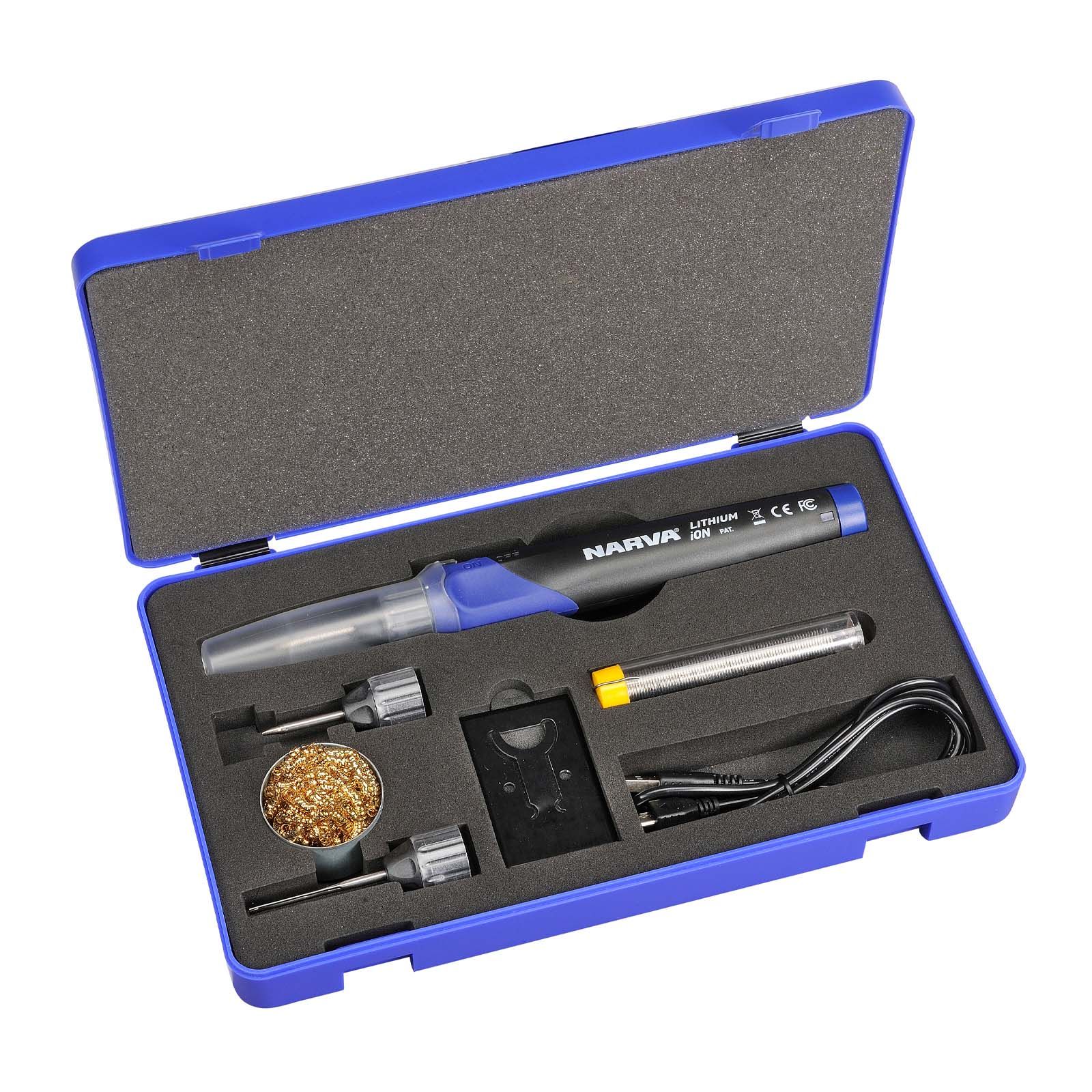Soldering 101
— September 21, 2020 | 2 min read
Soldering 101
Ok, so let’s state the obvious, soldering is very different to welding. Don’t roll your eyes, some people are learning about this for the first time.
Using high heat, welding creates a strong bond between two like metals so that they tolerate significant stress. For instance, the body parts of a car, the core of a building, the joining of the Sydney Harbour Bridge. They’d all crumple without welding.
Soldering has quite a different purpose, as a joiner and a conductor. As an example, solder is required when joining metal electronic components to a circuit board - you can also solder a wire or a copper pipe. Solder itself is quite soft, it comes in tubes or reels and joins parts and components at a lower heat (from several hundred degrees Celsius) compared to welding temperatures.
If you are going to give it go, there are a few things to consider. First up, you need to use the right product for the job at hand. Make sure you read equipment instructions and understand the solder that you are using (how toxic is it?). Your work area should be clean and uncluttered, particularly free of anything that can ignite.
For your safety wear eye protection and gloves; don’t solder anything connected to power; keep the iron’s tip build up free; and when you’ve finished, don’t rest the iron on your table. A good tip when soldering is to hold the parts being soldered with tweezers or utilise soldering stands designed to suspend parts in the air for easy soldering.
These simple considerations show that whilst a professional welder has often done an apprenticeship, generally anyone can successfully solder if they’ve been shown how to and possess the right equipment.

And that’s where NARVA comes in. No, we can’t solder for you, but we do sell a butane-powered soldering iron and a USB rechargeable lithium soldering iron. These irons have no cords for a neater workstation and include different nozzles/tips for different applications. The auto ignition on the butane model is ready for use 15 seconds after start up and it comes with a refillable gas cartridge (no the gas is not included) that will keep you soldering for up to two hours. The lithium soldering iron is heated in as little as 10 seconds and can solder for at least 40 minutes.

So whether you are a professional, a home handyman or regard yourself as a bit of a DIYer, NARVA has ideal equipment to meet your soldering needs. However, if you’re a first timer – remember our safety tips and take it easy - soldering temperatures get extremely hot and hot metal looks the same as cold metal, so solder with caution.

